Search for articles, topics or more
browse by topics

Search for articles, topics or more

The 2023 Molteni&C Collection reaches back two thousand years to Ancient Rome. It is inspired by the Domus, a type of dwelling favoured by prosperous Romans.
A domus was built around a central courtyard, the atrium, with either a ceiling aperture or no ceiling at all, letting the Mediterranean sun stream in. The house’s main rooms surrounded this court, with further rooms and a garden at the back. The domus thus created a fluid connection between the indoor and the outdoor.
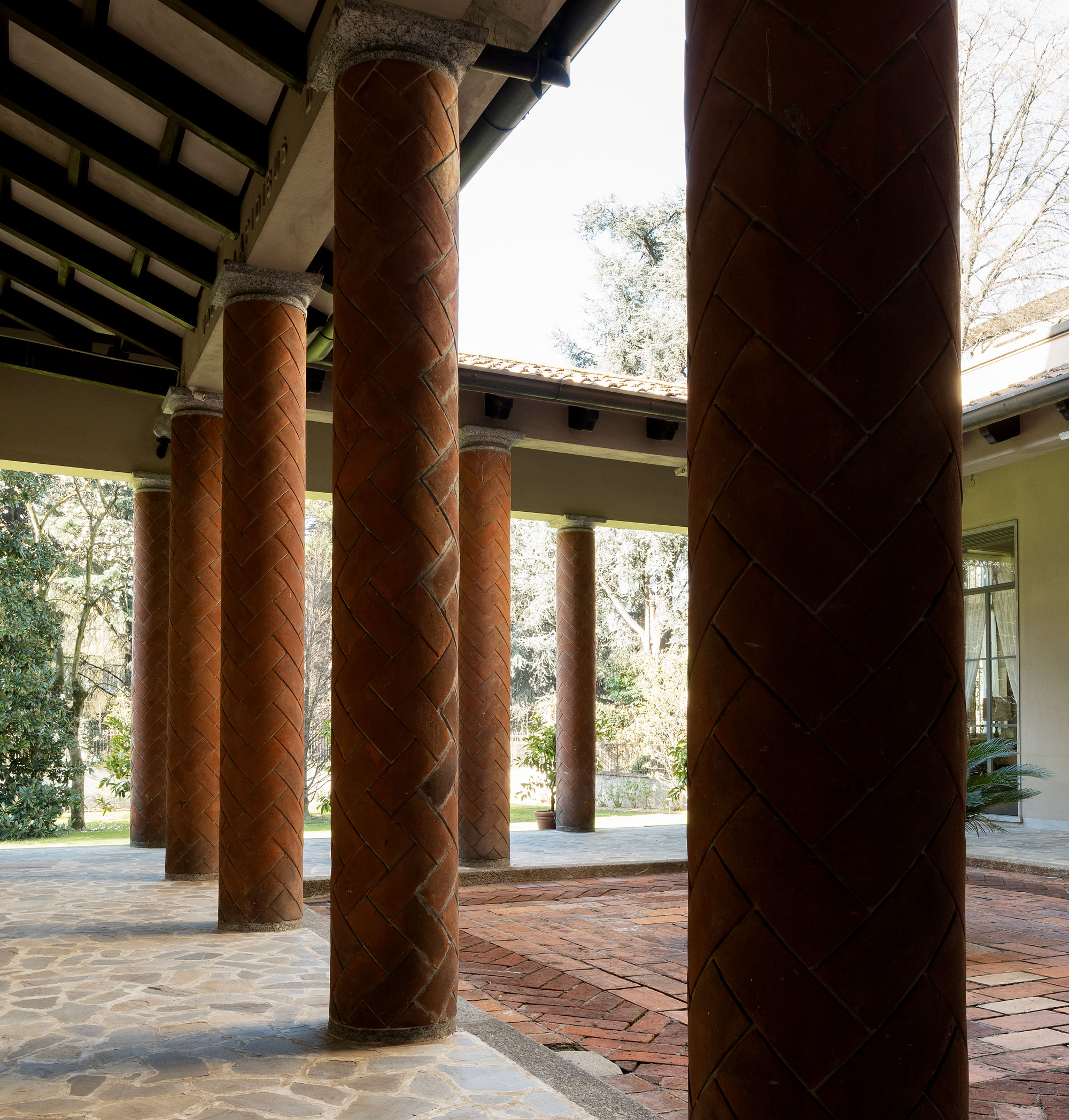 Casa, peristyle di Pier Giulio Magistretti, Milan – PH Max Zambelli
Casa, peristyle di Pier Giulio Magistretti, Milan – PH Max Zambelli
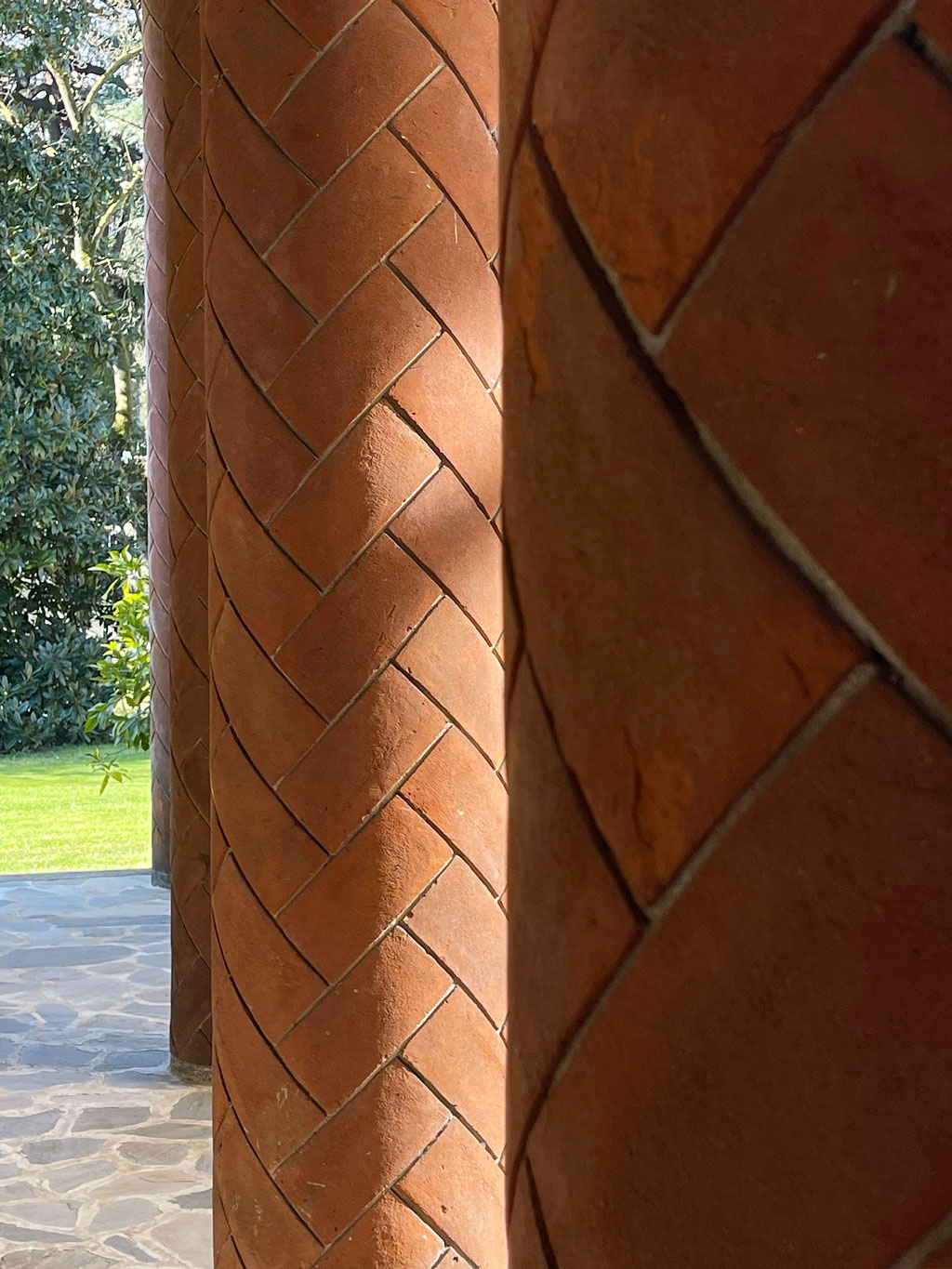 Casa, peristyle di Pier Giulio Magistretti, Milan – PH Max Zambelli
Casa, peristyle di Pier Giulio Magistretti, Milan – PH Max Zambelli
There is no better place to witness the domus than Pompeii. In 79AD, the eruption of Mount Vesuvius smothered this ancient Roman city of Pompeii. Its houses, as well as many of their occupants, were preserved in stone for centuries. The city’s tragedy provides us with an unparalleled, albeit macabre, understanding of how the ancient Romans lived. “I scarcely know of anything that is more interesting,” wrote Johann Wolfgang von Goethe in 1787, half a century after excavations began.
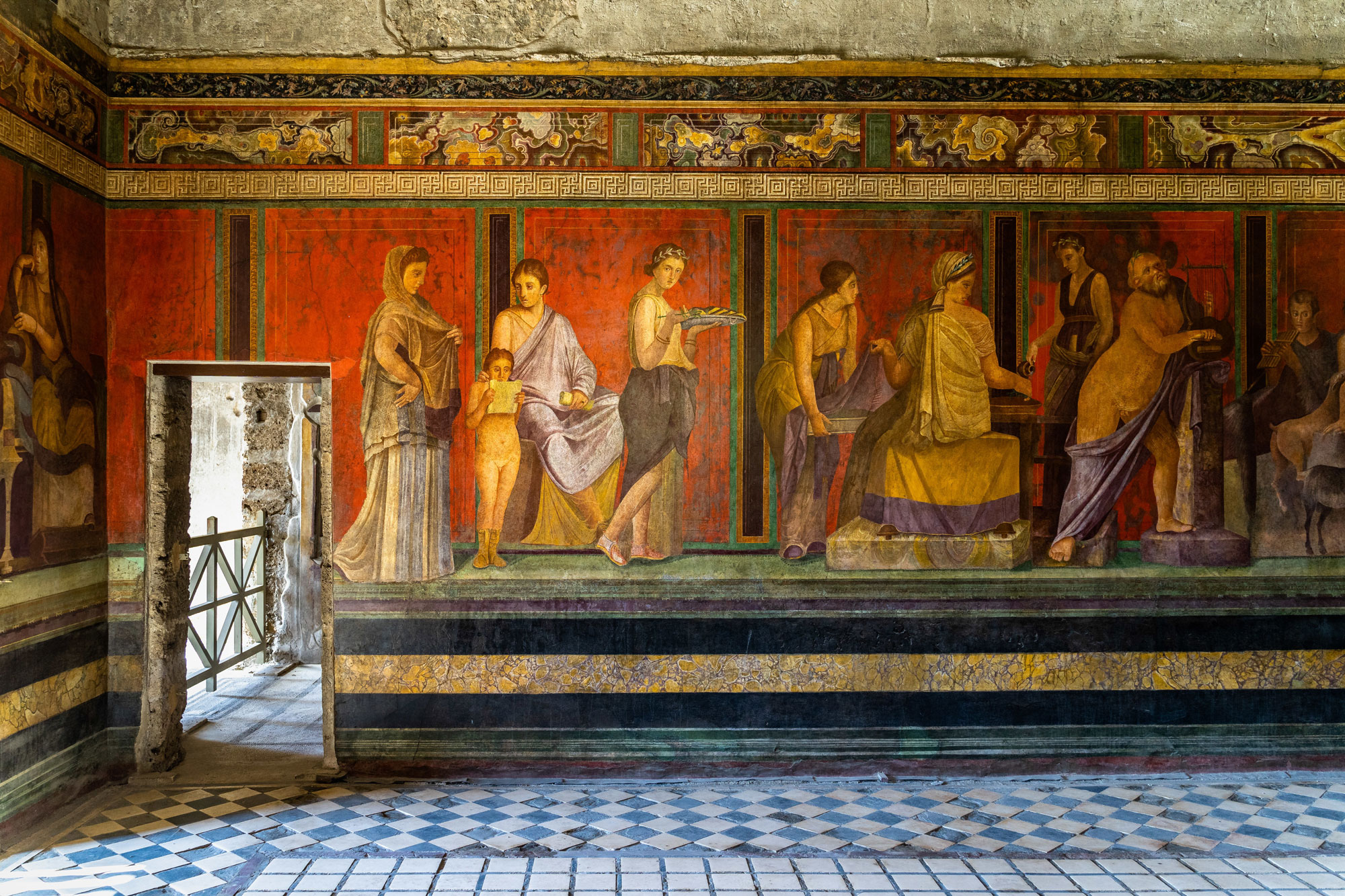
Today, Pompeii is a huge tourist attraction. In 2019, pre-pandemic, there were 3.8m visitors. And with that comes the danger of – like the city’s unlucky people – becoming petrified in time, a static site where we reflect on the past. Today, efforts are being made to counteract such ossification. First there was a 2017 exhibition, Pompei@Madre, which, in the words of curator Stella Bottai, “investigated the possible and multiple relationships between archaeological heritage and contemporary research”. Out of this came Pompeii Commitment, the first long-term contemporary art programme at the Archaeological Park of Pompeii, co-curated by Bottai. Established in December 2020, the programme includes digital contributions from artists, a growing collection of contemporary art at Pompeii and physical exhibitions. A digital residency, running since last December, invites artists, designers and curators to create new works disseminated online.
“We wish to invite professionals with different interests and different ways of working”
says Bottai
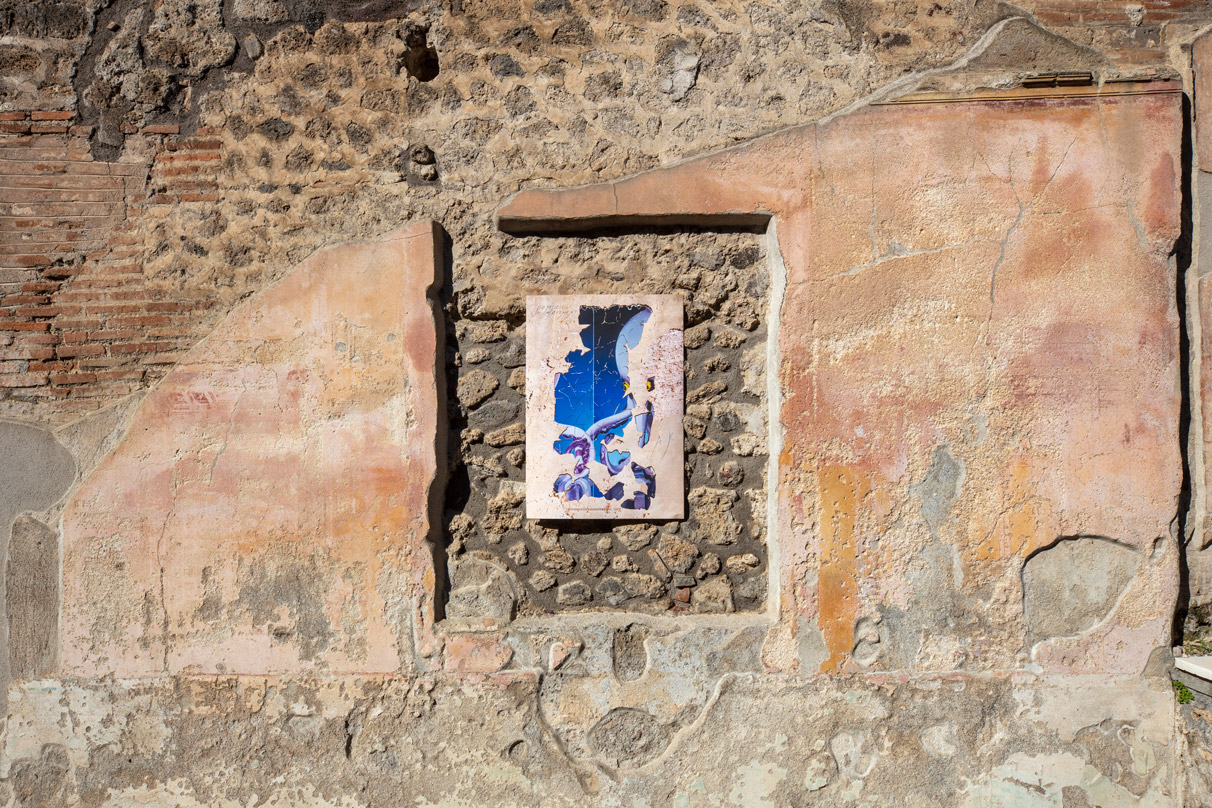
The first group includes, among others, Italian design studio Formafantasma, Norwegian scent expert Sissel Tolaas and American artist Rose Salane, whose work interrogates the systems that shape urban life. Chinese artist Miao Ying, meanwhile, is working on a graphic novel generated by ChatGPT AI that has been developed with texts that include Roman books and historical and modern histories of Pompeii.
The project “aims to reconfigure the archaeological site of Pompeii as a foundation for alternative forms of knowledge”, says Bottai. So far, participants have explored Pompeii as representing both the end and the beginning of words, the links between stories and history, and the importance of bearing witness. “Pompeii is not just a collection of ruins, it is a veritable database, continually updated by new discoveries and critical studies – including textual, visual and material information documenting the forms of everyday life in the distant past as well as the phenomenology of the site itself in its present,” she says.
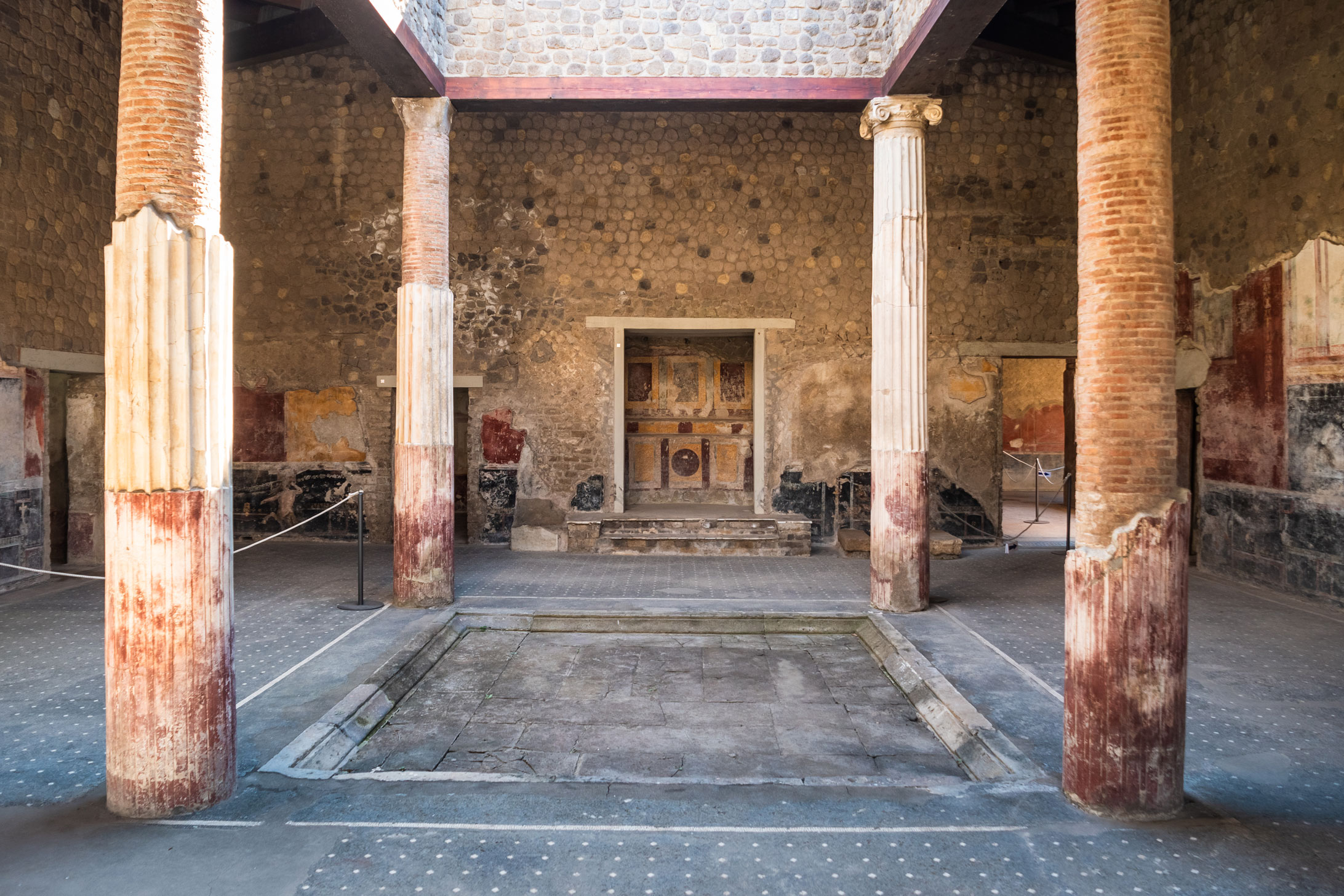
Another strand of Pompeii Commitment is the Inventario, a series of thematic explorations of the city’s unparalleled archaeological collections. “We call it a ‘potentially transdisciplinary museum’, creating thematic categorisations of archaeological matters and documenting them through professional photography,” says Bottai. There have been 46 inventories to date, covering topics such as roosters in depictions of Pompeii, stolen and returned artefacts and carbonised bread. Some of them offer a fascinating insight into Pompeii as a lived-in Roman city. There are windowpanes, cooking cauldrons, wine jugs and measuring scales.
Some of the digital works submitted to Pompeii Commitment also explore everyday Roman life. Goshka Macuga’s In da House of the Tragic Poet (2021) is an animation set in and around Pompeii’s houses. The domus is the root of the English words domestic and domicile. For the upper classes, the domus functioned jointly as a dwelling, a workplace and even a place of worship, with shrines to household gods. The Romans inherited the concept of hospitium (hospitality) from the Ancient Greeks, and their houses often played host to wine-soaked dinner parties that make today’s social affairs seem tame.
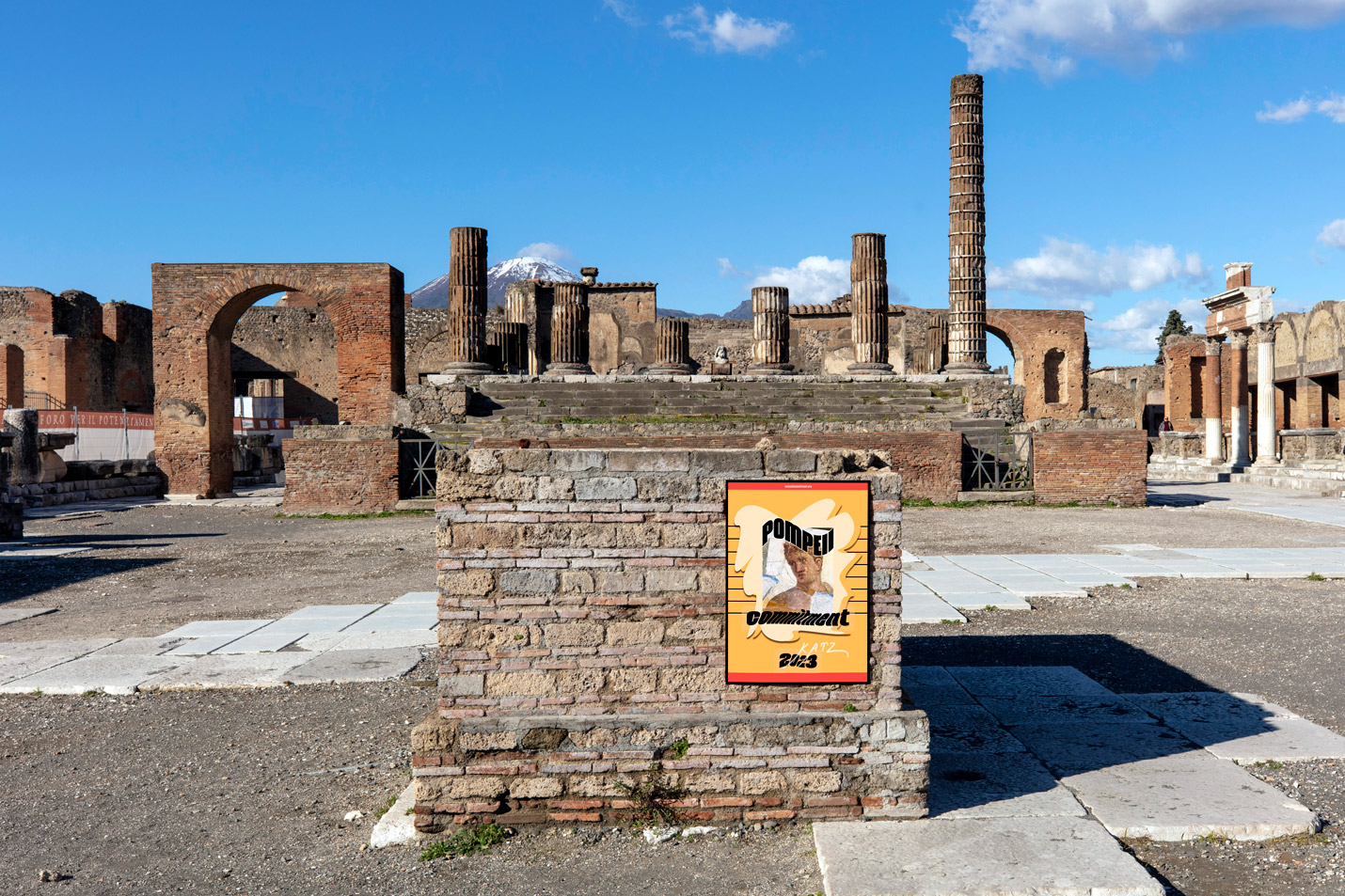 Allison Katz – Pompeii Circumstance (Milk glass), 2023 – artist's poster – Courtesy the Artist and the Archaeological Park of Pompeii
Allison Katz – Pompeii Circumstance (Milk glass), 2023 – artist's poster – Courtesy the Artist and the Archaeological Park of Pompeii
Many of the rooms in a domus – the tablinum (living room), triclinium (dining room) and cubiculi (bedrooms) mirror those in modern houses. Unlike us, Romans often covered their houses with elaborate patterns and exuberant hues, with images of flora and fauna, gods and putti, all painted on plaster. Goethe noted the “bright and cheerful colours” – a far cry from the plainer, cleaner styles contemporary interior design currently favours. But some things remain the same.
Romans bought furniture made from wood, bronze and marble, often sparsely placed round the room to foster a sense of space. Like their contemporary descendants, prosperous Romans sought out finely wrought furnishings with which to enliven their interiors.
Pompeii Commitment seeks to both unearth and construct links between the past and present.
“To quote [archaeologist] Salvatore Settis, the classic is a concept of the past that is built today, intercepting not a static nature of materials, but a dynamism”
says Bottai. Pompeii may have died in 79AD, but it remains alive in the spirit of the arts.
At La Valltorta gorge in Valencia, Spain, there are figures of humans and animals that were painted onto the rock face by our prehistoric ancestors many thousands of years ago.
Herzog & de Meuron for UniFor in Milan
The new Axel Springer building in Berlin is home to journalists and tech gurus, editors and programmers alike.
Thanks for your registration.